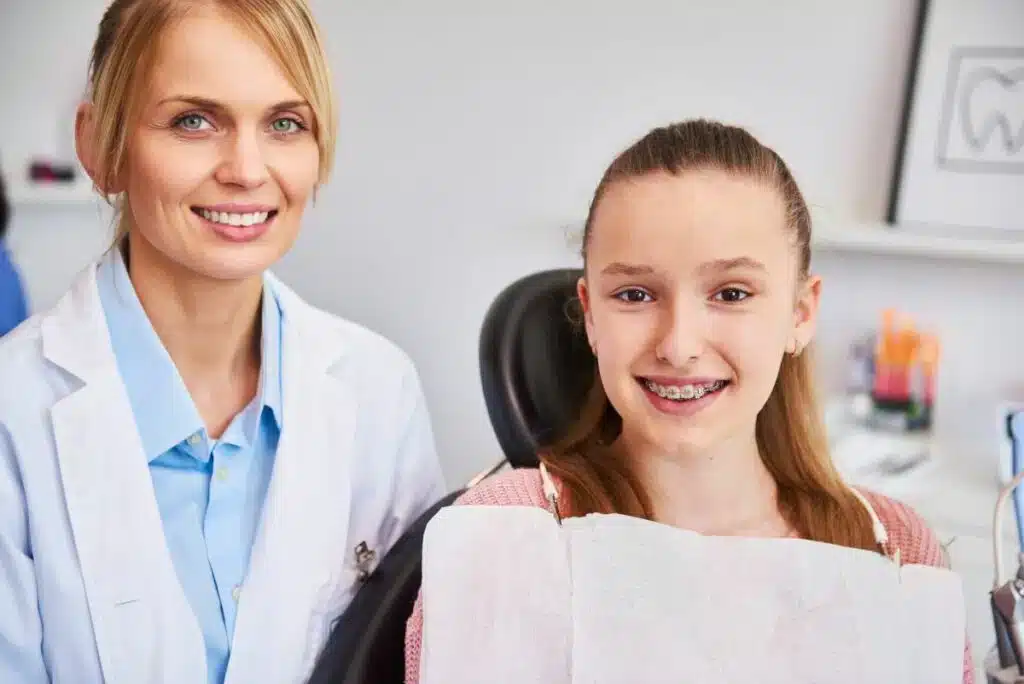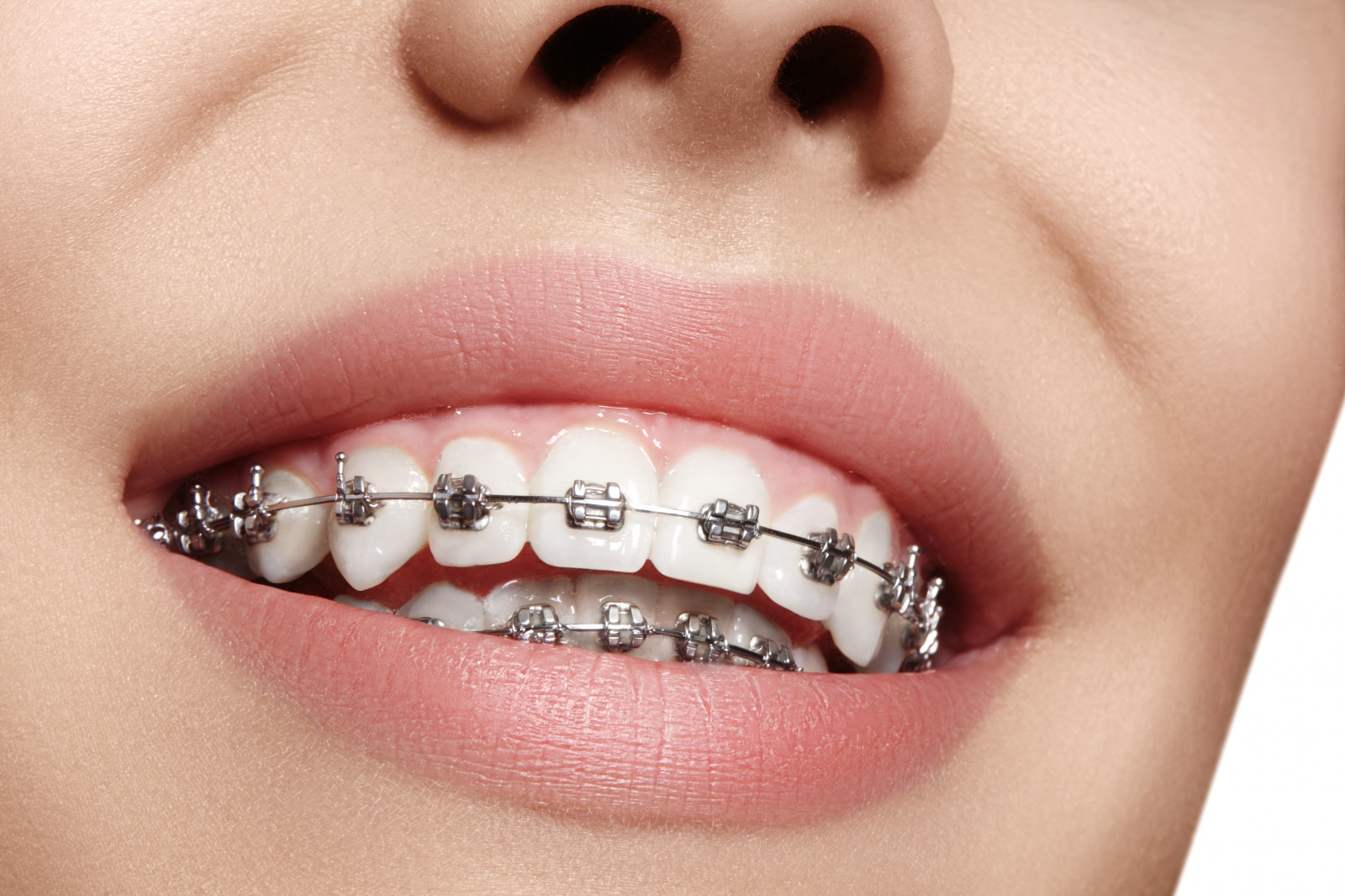Facts About Causey Orthodontics Uncovered
Wiki Article
All About Causey Orthodontics
Table of ContentsAn Unbiased View of Causey OrthodonticsAn Unbiased View of Causey OrthodonticsCausey Orthodontics for DummiesLittle Known Facts About Causey Orthodontics.Getting My Causey Orthodontics To Work
Neglecting occlusal partnerships, it was normal to get rid of teeth for a variety of oral concerns, such as malalignment or congestion. The concept of an undamaged dentition was not extensively appreciated in those days, making bite correlations seem irrelevant. In the late 1800s, the idea of occlusion was necessary for creating dependable prosthetic substitute teeth.As these ideas of prosthetic occlusion proceeded, it ended up being an invaluable device for dental care. It was in 1890 that the work and impact of Dr. Edwards H. Angle started to be really felt, with his contribution to contemporary orthodontics particularly notable. Concentrated on prosthodontics, he showed in Pennsylvania and Minnesota before directing his attention towards dental occlusion and the treatments required to preserve it as a typical problem, hence becoming understood as the "papa of modern-day orthodontics".

The idea of perfect occlusion, as proposed by Angle and integrated right into a classification system, enabled a change towards treating malocclusion, which is any discrepancy from typical occlusion. Having a full set of teeth on both arcs was highly sought after in orthodontic therapy as a result of the need for specific relationships between them.
How Causey Orthodontics can Save You Time, Stress, and Money.
As occlusion became the essential top priority, face proportions and looks were neglected - orthodontist near me. To accomplish ideal occlusals without utilizing external pressures, Angle proposed that having perfect occlusion was the most effective means to get optimum facial appearances. With the passing of time, it ended up being rather apparent that even an exceptional occlusion was not appropriate when taken into consideration from an aesthetic factor of viewCharles Tweed in America and Raymond Begg in Australia (that both researched under Angle) re-introduced dentistry removal right into orthodontics throughout the 1940s and 1950s so they can boost face esthetics while likewise making certain better security concerning occlusal connections. In the postwar period, cephalometric radiography begun to be used by orthodontists for gauging adjustments in tooth and jaw placement triggered by development and therapy. It became apparent that orthodontic therapy could adjust mandibular development, bring about the development of useful jaw orthopedics in Europe and extraoral force procedures in the US. These days, both useful appliances and extraoral tools are used around the globe with the purpose of modifying growth patterns and kinds. Subsequently, pursuing true, or at the very least improved, jaw relationships had actually become the main goal of treatment by the mid-20th century.
Causey Orthodontics Things To Know Before You Get This
 Till the mid-1970s, braces were made by covering steel around each tooth. https://www.cargodirectory.co/health-care-services/causey-orthodontics., it ended up being possible to rather bond steel brackets to the teeth.
Till the mid-1970s, braces were made by covering steel around each tooth. https://www.cargodirectory.co/health-care-services/causey-orthodontics., it ended up being possible to rather bond steel brackets to the teeth.This has actually had purposeful results on orthodontic treatments that are provided consistently, and these are: 1. Correct interarchal relationships 2. Appropriate crown angulation (tip) 3.
The benefit of the layout depends on its brace and archwire mix, which calls for just marginal cord flexing from the orthodontist or medical professional (orthodontist near me). It's aptly called hereafter function: the angle of the slot and thickness of the bracket base ultimately determine where each tooth is situated with little need for extra adjustment
Unknown Facts About Causey Orthodontics
Both of these systems used identical brackets for each tooth and demanded the flexing of an archwire in 3 aircrafts for situating teeth in their desired placements, with these bends dictating utmost placements. When it concerns orthodontic home appliances, they are split into two kinds: detachable and taken care of. Detachable devices can be tackled and off by the individual as needed.
Therefore, practically all modern fixed devices can be taken into consideration variants on this edgewise home appliance system. Early 20th-century orthodontist Edward Angle made a major payment to the globe of dentistry. He created 4 distinctive appliance systems that have actually been utilized as the basis for lots of orthodontic therapies today, disallowing a couple of exemptions.
Causey Orthodontics - The Facts

The cord finished in a string, and to move it ahead, a flexible nut was made use of, which permitted a boost in area. By ligation, each specific tooth was connected to this extensive archwire (cheapest orthodontist near me). As a result of its restricted series of activity, Angle was not able to achieve specific tooth positioning with an E-arch
These tubes held a firm pin, which can be repositioned at each appointment in order to relocate them in position. Referred to as the "bone-growing device", this gizmo was thought to motivate much healthier bone development as a result of its capacity for moving pressure straight to the origins. Implementing it proved problematic in truth.
Report this wiki page